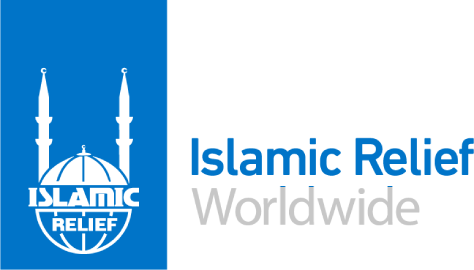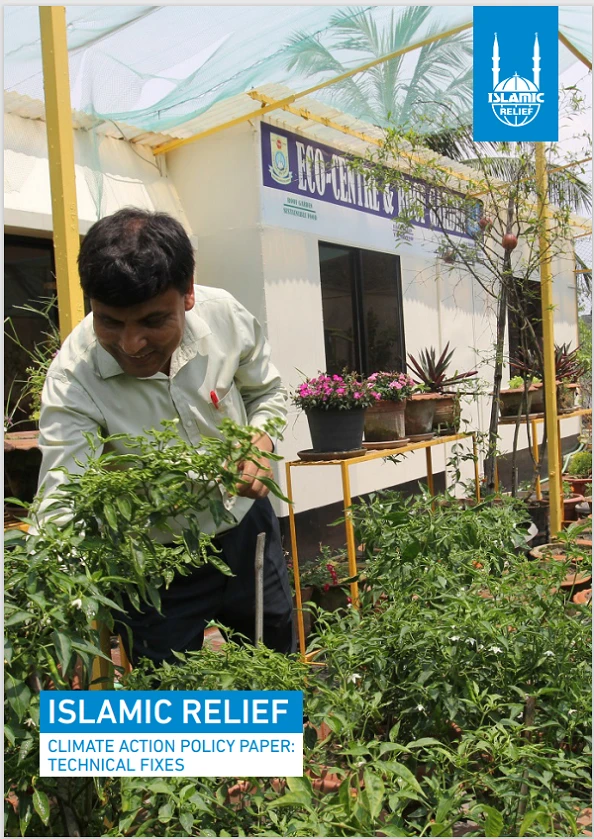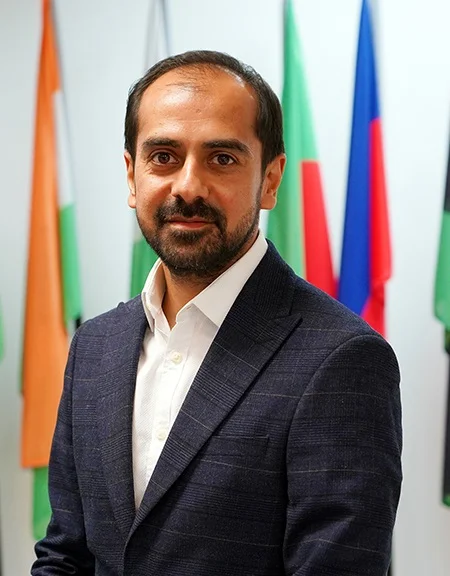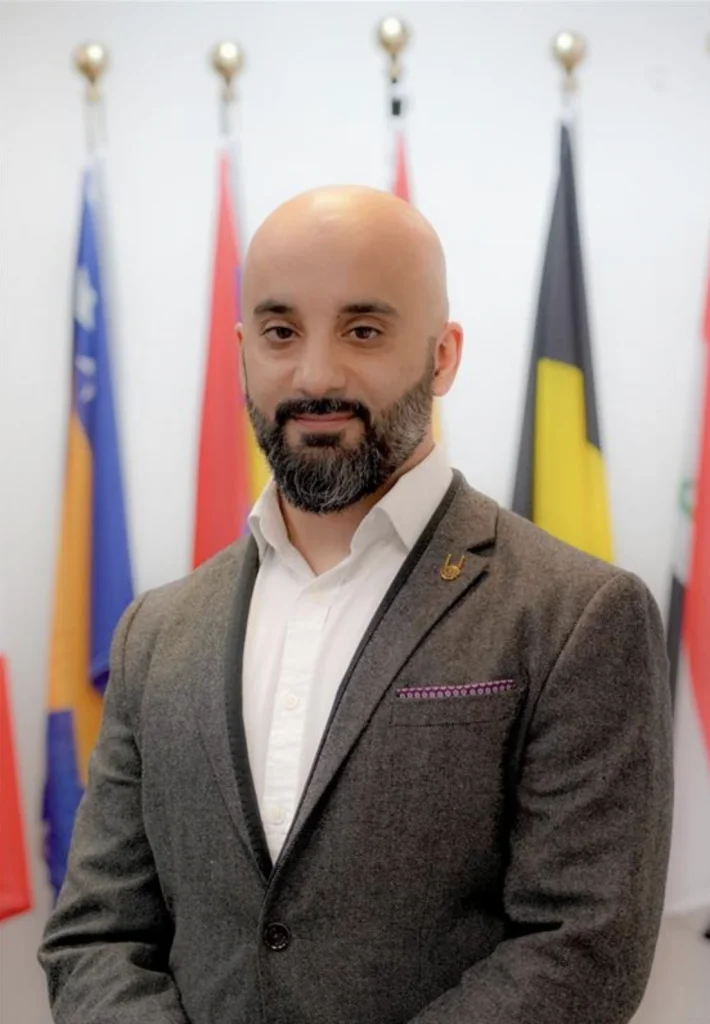More aid is desperately needed to prevent famine in Gaza, but the latest international initiatives to get aid in via sea and air will fall critically short unless there is an immediate ceasefire and an end to Israel’s blockade, Islamic Relief says.
The humanitarian crisis in Gaza is the worst in the world, with children and elderly people now starving to death and others eating grass or leaves to try and survive as Ramadan approaches. With Israel preventing most aid from reaching starving civilians, international governments are now focusing efforts on delivering aid by air or sea – but these alone will not provide aid in the quantity or speed needed, and they cannot be a substitute for getting aid in by land and pressuring Israel to fully open all existing crossings.
More than 20 air drops have been carried out in recent weeks, but air dropping aid is usually only done as a very last resort as it is notoriously inefficient, expensive and hard to manage, with the aid often ending up with whoever reaches it first. As a result, the most vulnerable groups – such as children, elderly, people with disabilities and women – often receive less aid when it is air dropped. The quantity of aid that can be delivered by air is also far less than could be delivered by trucks. People in Gaza also report that some of the air dropped aid has landed in extremely unsafe combat areas or drifted into the sea.
Establishing a sea route – as just announced by the US government and supported by the UK, EU and others – is set to take weeks given the lack of infrastructure available in Gaza. Yet every minute counts as people are starving to death right now.
Even if the sea route is established, it faces numerous other challenges. Israel is likely to maintain screening control over what aid is permitted and where it is distributed, meaning it would face the same restrictions and delays that are currently seen at the existing crossings into Gaza. Prior to the crisis around 500 trucks a day used to enter Gaza, and now an absolute minimum of 800 trucks a day are needed – yet so far in March an average of just 150 trucks a day have been able to get through the crossings. Even aid provided directly by international governments, such as water filters and solar lights provided by the UK, has been denied entry.
If more aid does get into Gaza via the proposed sea route, then it will still need to be delivered to communities via trucks, and these land routes are currently extremely dangerous and heavily restricted. In the past week hundreds of civilians have been killed or wounded while trying to get flour for their children. Over the last month at least 75% of UN-led missions to northern Gaza, where starvation is highest, have been refused access by the Israeli military. Gaza is now the most dangerous place in the world to deliver aid, with hundreds of humanitarian workers and health workers killed or injured and aid trucks routinely coming under attack.
It will simply not be possible to deliver sufficient aid while bombs are still falling and attacks are ongoing. We are facing a race against time to get more aid to people, and all ways to do that must be explored, but ultimately only an immediate ceasefire and an end to Israel’s blockade can ensure that aid reaches the most vulnerable people in the quantity that is needed.
International governments must focus on demanding an immediate ceasefire and pressuring Israel to end its blockade.










